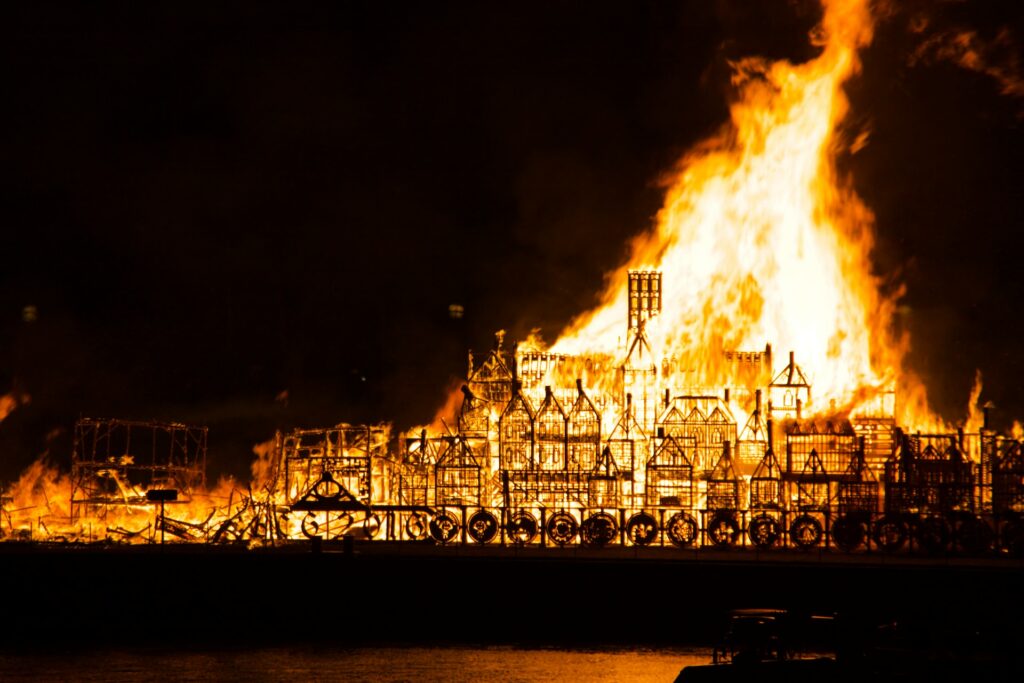Most Recent News


Popular News




With new research comes new discoveries. I have an updated visual diagram of the cycle of collapse and anacyclosis, along with the reason why.

Here is a follow-up visual diagram with the rare rule by one -> rule by few exception included:

This demonstrates the exact same sentiments as this article, but with the inclusion of the rare rule by one -> rule by few exception. Read that article first if you have not.
With some notes:
This is referred to as the “rule by one” exception. It is rare for a rule by one to return to a rule by few, but it is not impossible. The rule by one, because of its absolute centralization status, is not linear.
Rule by one is the stage with the most flexibility because of its absolute centralization. The exact point of absolute centralization presents a break in the cycle. There are numerous examples of a rule by one -> rule by few. The rule by one can go to either the rule by few or the rule by many. This is because the absolute centralization point can be broken up into its component pieces or fully decentralized at the whims of the absolutist, who holds all of the power to do either. Or, if he is weak, he can be taken over by the few or the mob in the same examples Polybius gives. So a rule by one is a unique spot on anacyclosis, being the only point that does not follow a linear path.
But the rule by many will always degrade into a rule by few and the rule by few will always degrade into a rule by one.
This realization means that a rule by few -> rule by one -> rule by few internal cycle could occur within anacyclosis. It is rare, however, as usually the rule by many breaks through at some point relatively soon. The public is usually involved and forces the hand of the absolutist.
It is not always that a rule by one falls because of tyranny. In fact, this rarely seems to be the case. Instead, the rule by one often degrades because of corruption. The one does not adequately curtail the corruption of his minions, typically because he is no longer an adequate leader himself. This results in an inefficient, degenerate, and pathetic government. One that is rife for being overtaken.
A prosperous, efficient, and tyrannical government is far harder to overcome than a decadent, inefficient one. This does appear to be why a contributing factor to why a rule by one has the special ability of being able to degrade to either a rule by few or a rule by many. Because of the absolute centralization, it is simply a result of who takes the power when the leader fails. If there is enough coordination amongst the few, they can strip the one of his power and achieve component centralization in a coup or similar strategy (Rule by few).
Likewise, the one can willingly break this power up into component pieces (rule by few) if he does so in an effective manner.
However, the one also has the power to decentralize everything, removing power temporarily from all centralizers (rule by many).
Sometimes, the many attack all of the centralizers including the one, who then cannot respond appropriately. They are then forced to decentralize at the onset of violence (rule by many).
This is the only exception to the general trendline of the cycle of collapse, and while rare, it does seem to happen sometimes. Still, I have not found an instance of an internal cycle like this occurring for long. Usually, the many breaks through relatively quickly.
Read Next:
My Theory On A Cultural Bell Curve
The Connection: Race, Income, and Illegitimacy In One Graph
Immigration Is Not Helping The Economy
If you enjoyed this article, bookmark the website and check back often for new content. New articles most weekdays.
You can also keep up with my writing by joining my monthly newsletter.
Help fight the censorship – Share this article!

(Learn More About The Dominion Newsletter Here)
Make no mistake, power is the main motive, everything else is an afterthought. Democracy is the purest form of rule by many, a Republic is a more secure form of rule by many, with representatives, instead of only people. Ochlocracy, also known as mob rule, is a centralization of power around the many. A rule by many is surprisingly easy to usurp, subvert even, given enough time and resources, and by the highly ornery among the majority.
First sentence nails it. Also yes, as soon as that centralization occurs in the rule by many, it starts the descent to the inevitable rule by few (rule by a minority mob or whoever controls the mob – either way, it’s the few).